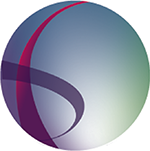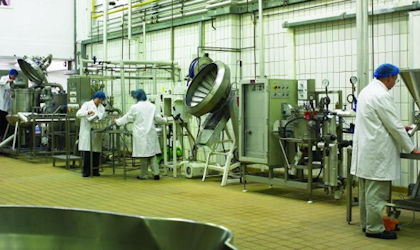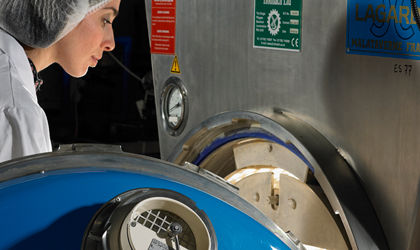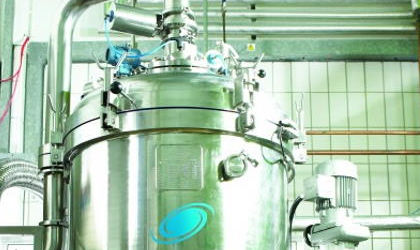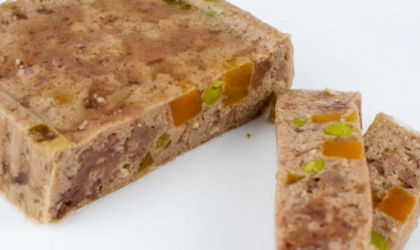Emerging technologies
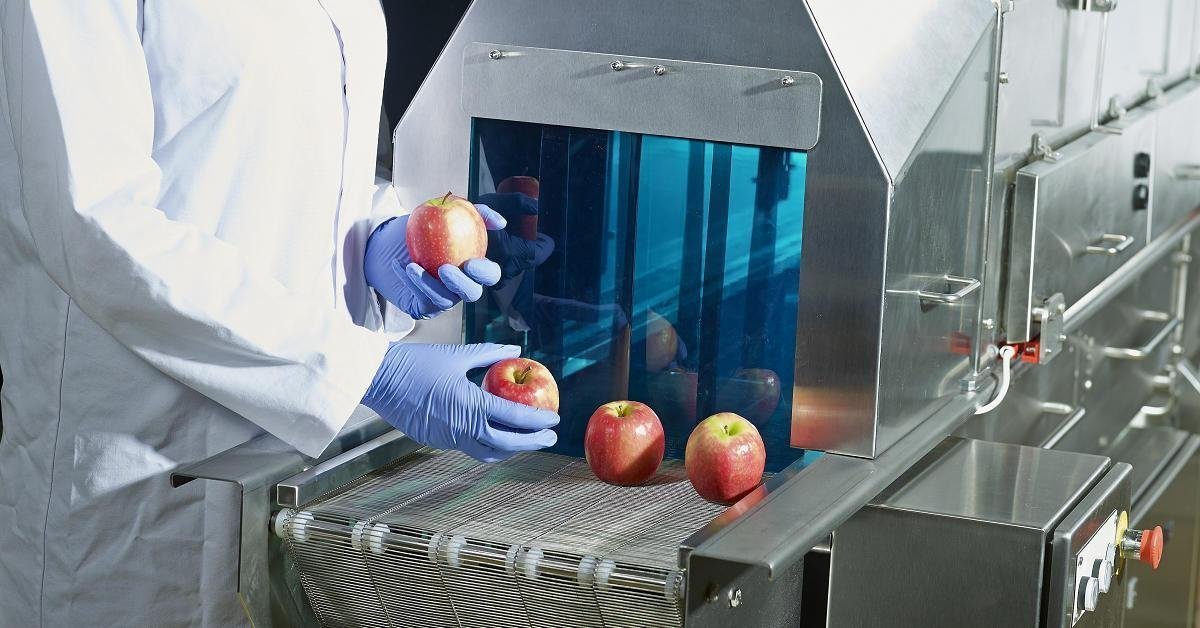
To discuss your needs
Cold plasma
Cold plasma is not yet realised for the food industry but this technology offers potential applications that could have significant benefits. The most noticeable application is the disinfection of surfaces in particular equipment, packaging, food contact surfaces or even food itself.
High pressure processing (HPP)
High pressure processing, as currently used commercially, is a non-thermal pasteurisation process in which a food is subjected to pressures of about 150 to 700 MPa (1500 to 7000 bar) for a given period of time. Pressure generation is mechanical, through a fluid (water), which is consequently transmitted to the product.
Pasteurisation of dry foods
Traditional thermal methods are not designed for sanitation of dry (low aw) foods due to the increase in moisture content required and alterations in the quality of the products. In recent years new commercial technologies have been developed for processing dry foods.
Power ultrasound
Power ultrasound (typically in the range of 20kHz to 100kHz) has numerous non-preservation applications such as cutting, cleaning, emulsifying, de-gassing and foam breaking. It is not thought to be currently in use for microbiological inactivation in food production but there is evidence at laboratory scale demonstrating anti-microbial effects.
Intensity pulsed light
Pulsed light is a surface preservation method in which a material is subjected to very short pulses (of the order of milliseconds) of broad-spectrum white light. The spectrum of light is typically between 200 and 1100 nm and includes UV, visible and infrared components. The product is typically exposed to 1-20 pulses having an energy density in the range of 0.01 – 50 J.cm–2 at the surface.
Ultraviolet technology – UV light treatment
UV light treatment is a non-thermal, non–chemical technology to inactivate microorganisms, which has been used to disinfect water/air systems and for surface decontamination (packaging/work surface) for many years. UV light is part of the electromagnetic spectrum, and lies in the range between 100 – 400 nm.
Technology training courses
Explore our technology related courses including; New product development and High pressure processing
Are you getting the most from your Membership?
Watch our membership FAQ videos and find out more about Member Service Account spending, Member Interest Groups, help and advice
Key services
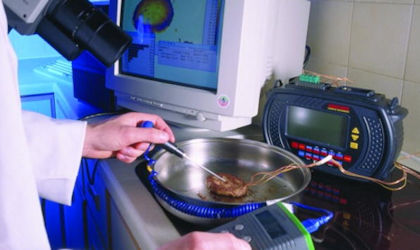
Heat process validation
Many factors affect the amount of heat delivered, the product it contains, and the degree of mixing during the process.
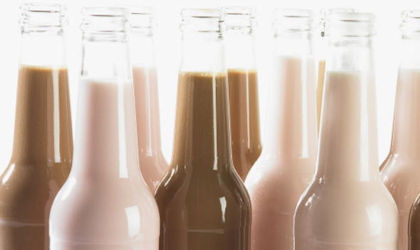
Food product development
Developing new food and drink products is a complex process, we can help across the full range of food types.
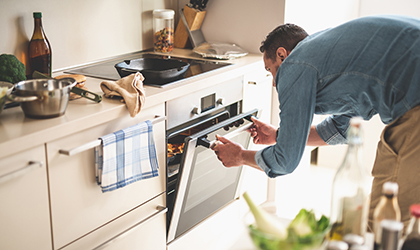
Food cooking or reheating instructions
Knowledge and expertise for microwave and conventionally heated products.
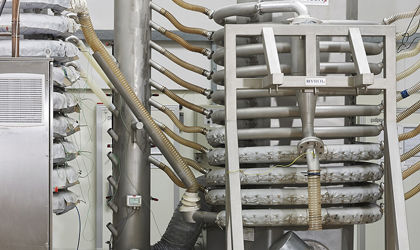
New technologies services and information
Exploring new and emerging process technologies for industry use.
Where we refer to UKAS Accreditation
The Campden BRI group companies listed below are accredited in accordance with the recognised International Standard ISO/IEC 17025:2017 by the United Kingdom Accreditation Service (UKAS). The accreditation demonstrates technical competence for a defined scope of methods, specific to each site, as detailed in the schedules of accreditation bearing the testing laboratory number. The schedules may be revised from time to time and reissued by UKAS. The most recent issue of the schedules are available from the UKAS website www.ukas.com. Campden BRI (Chipping Campden) Limited is a UKAS accredited testing laboratory No. 1079

